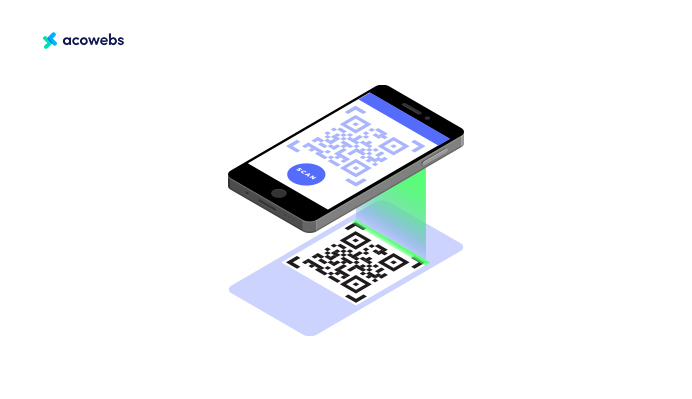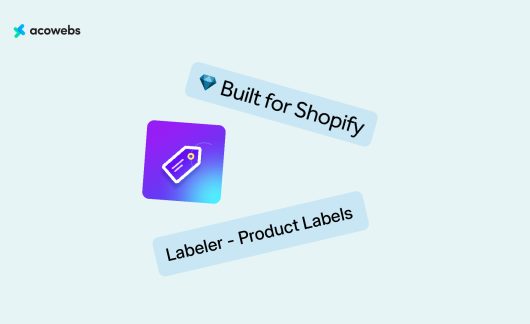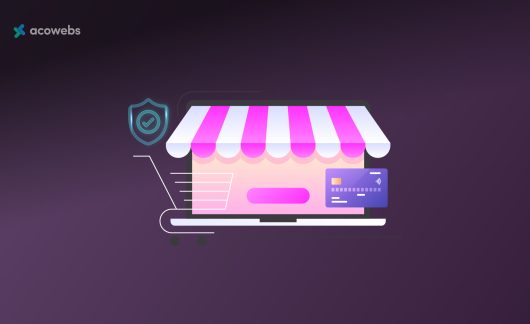QR codes have become a ubiquitous part of our digital lives, offering consumers a convenient way to access online content with a simple scan. For eCommerce businesses, leveraging QR codes within marketing strategies can provide significant advantages over traditional methods.
When integrated thoughtfully across online and offline touchpoints, QR codes act as a bridge between brands and customers, driving traffic directly to websites or incentivizing purchases.
In this article, we will discuss how QR technology can streamline the customer journey while generating valuable consumer insights. From directing customers to product pages to enabling contactless payments, learn various effective uses of QR codes and how to measure their performance.
Employ these techniques to boost engagement sales and optimize campaigns through systematic testing and analysis of QR code initiatives.
What Are QR Codes and How Do They Work?
QR codes, short for quick response codes, have become ubiquitous in our digital world. Simply described as matrix barcodes that encode website URLs or other information, QR codes underpin numerous technical applications.
Upon scanning a code using their smartphone camera, users gain near-instant access to HTML links, contacts, documents, location data, and more. Remarkably versatile, the average QR code can contain up to 4,296 alphanumeric characters of text, numeric, or byte data.
QR technology works through the symbology contained in each black-and-white pixel comprising the square code.
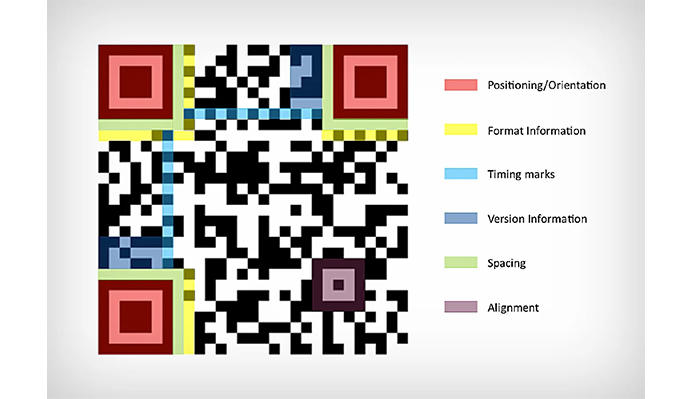
The arrangement forms a machine-readable layout that all major smartphone operating systems can interpret. When snapped, the code prompts the device to connect to a digital destination like a in a matter of seconds.
This bridges physical and digital gaps by allowing marketers to embed hyperlinks and interactive features into print formats through static codes. Today, QR is used across various marketing channels to drive engagement, purchases, and installs for both online and brick-and-mortar brands.
Benefits of Using QR Codes in eCommerce
Utilizing QR codes in your eCommerce store offers numerous benefits that can help boost your marketing efforts and enhance the overall customer experience. Here are some key advantages of incorporating QR codes:
1. Convenience
QR codes provide a quick and easy way for customers to access information about your products or brand. With a simple scan, they can instantly be directed to a specific webpage or perform a desired action, eliminating the need for manual typing or searching.
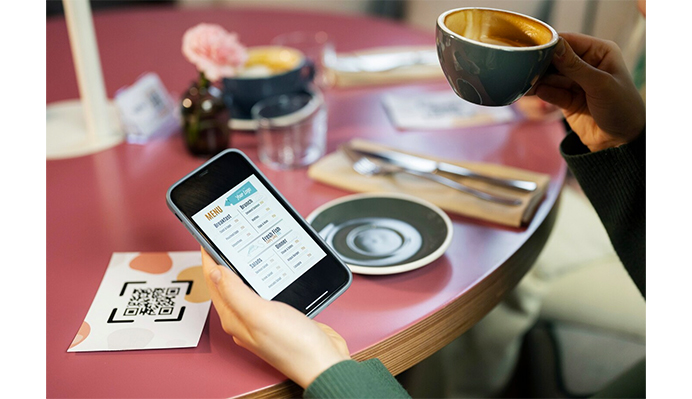
QR scanning provides a notably smoother online experience compared to manually entering URLs or searching unfamiliar websites.
Recent analysis has found significant growth in QR code usage over the past year, with scans increasing by over 433% globally. The same study reported over 6.8 million scans of dynamic QR codes in the first quarter of 2022 alone, demonstrating rising adoption of the technology among consumers.
Rather than manually entering lengthy URLs or searching within unfamiliar brand websites, QR scanning allows instant access with a single click.
This streamlines the path to making purchases for mobile shoppers. As more consumers adopt the technology, those who offer it gain an advantage in customer retention and satisfaction.
2. Speed and Efficiency
QR codes streamline the information-gathering process for customers, allowing them to quickly access detailed product information, make purchases, or learn more about your brand.
This eliminates potential barriers and reduces bounce rates, resulting in a smoother customer journey.
Recent data shows QR code usage is widespread among mobile users, with 84% having scanned at least once and 72% scanning monthly. QR technology notably improves the online experience through quicker loading of web pages.
Through quick and seamless access to relevant details, QR codes empower customers to make purchasing decisions faster than clicking traditional online links. The efficiency gains are particularly valuable for mobile users with limited data.
Speed is critically important, as more than 50% of shoppers will abandon an online transaction if checkout takes longer than 30 seconds.
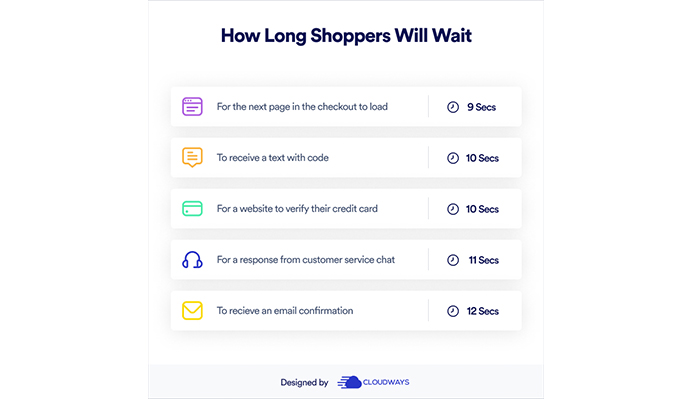
By streamlining navigation with QR, retailers minimize cart abandonment rates and maximize conversion potential. These improvements in user flow lead to increased impulse buying as customers face fewer friction points.
3. Promotions and Offers
QR codes can be used to promote products, services, or special events and incentivize purchases. By offering discounts, freebies, or limited-time exclusive offers via QR scanning, you can encourage customers to engage with your brand.
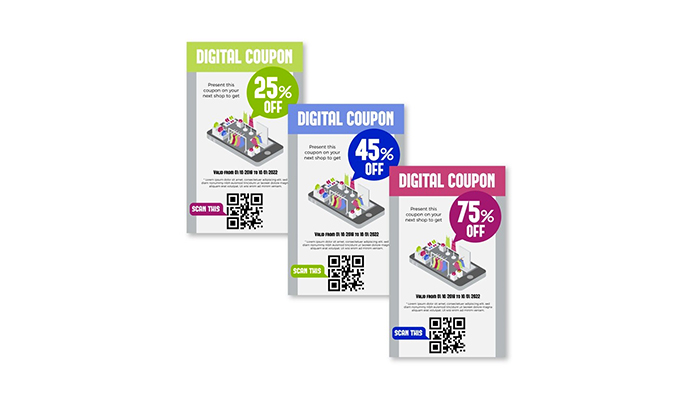
A 2021 survey found that over 45% of US shoppers reported using a QR code to access marketing or promotional offers. QR makes it easy to deliver timely discounts directly to eager shoppers’ phones as they browse online or in stores.
You can design unique codes carrying certain percentage- or dollar-based savings off select merchandise. Time-sensitive QR coupons inspire impulse buying that may not otherwise occur.
Leveraging QR’s full promotional potential significantly increases brand engagement and revenue.
4. Shareability
QR codes can be easily shared on various online platforms, such as social media, to expand your reach and attract new customers. By encouraging users to share your QR codes, you can create a viral effect and generate organic growth for your eCommerce store.
This organically expands brand awareness at no extra advertising cost. When shoppers feel rewarded enough by exclusive discounts encoded in QR links, over 20% will promote them voluntarily on their own social networks.
Leveraging QR’s plug-and-play shareability supercharges referrals and the introduction of new potential buyers into your customer base. User-driven promotion through social sharing platforms helps increase visibility and drives new traffic to your site.
5. Data Collection and Analysis
QR codes allow you to collect valuable first-party customer data directly from engagement with your business. By tracking behavior analytics like scan locations, referral sources, on-site paths, and more, you gain actionable insights into preferences.
Analytics reveal top product pages, referral sources, driving scans, and location-based purchase trends. Armed with these consumer behavior insights, companies can optimize campaigns, tailor content, and refine website layout/navigation based on real user data.
Ongoing testing of variables like alternative QR designs or placement spots helps maximize ROI. Leveraging the rich tracking potential embedded in QR technology fuels highly targeted digital strategies and continuous performance improvements.
Effective Ways to Use QR Codes in Your eCommerce Store
Now that we understand the benefits of QR codes in eCommerce let’s explore how to effectively use QR codes.
1. Direct Customers to Your Website or Product Pages
One primary QR code use links shoppers directly to webpages and products. By adding codes to marketing, customers easily access information or purchase conveniently.
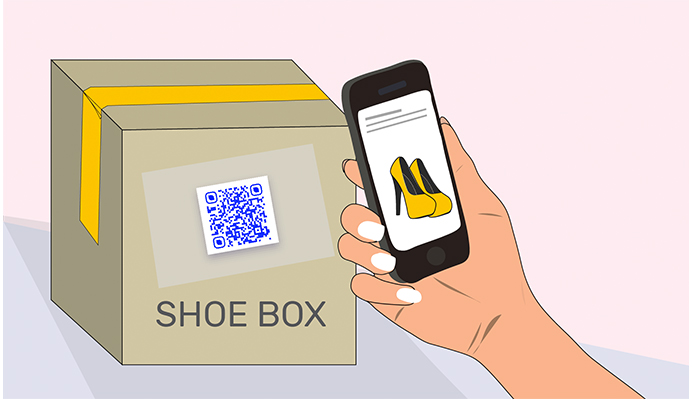
QR codes streamline browsing by removing manual steps that risk loss of interest. Tailored landing pages give customers control while keeping them engaged on-site.
For example, optimized product pages carry QR codes featuring detailed specs, numerous customer reviews sorted by recency and star ratings, compelling video demos, and easy purchasing options right on the mobile device.
Research shows streamlined navigation significantly improves conversion rates by keeping customer focus centralized on informative content. QR codes smoothly usher visitors precisely where you intend maximum value – the checkout counter.
Specific codes may also feature new arrivals or curated lists of items likely to complement viewers’ interests based on past purchases and commonly bundled products. Dynamically updating these QR placements within advertising keeps content fresh and maintains engagement over longer campaigns.
Analytics then reveal which scanned pages drive the strongest performance, empowering retailers to refine strategies accordingly. Overall, QR code technology streamlines the path to purchase through direct guidance, upholding customers as the top priority from start to finish.
2. Create Coupons and Exclusive Offers
Another way to effectively use QR codes is by creating code-based loyalty programs. QR codes provide an excellent vehicle for driving sales through targeted promotions. Generating unique QR-based coupon codes allows precision targeting of motivated customer subsets.
As previously stated, over 45% of US shoppers reported using a QR code to access marketing or promotional offers, showing the technology’s strong pull.
You can incentivize purchases by attaching time-sensitive percentage discounts, free shipping alternatives, or buy-one-get-one offers to scannable QR links. For example, the coffee giant Starbucks introduced a reward-based QR Code loyalty program that offered $1 off customers’ favorite bag of coffee.
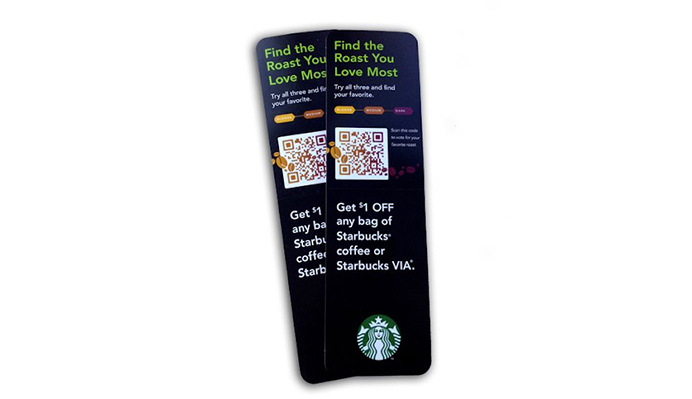
Displaying these across digital and physical marketing channels encourages easy redemption directly in the cart. Past data reveals QR coupons boosted transaction rates by up to 18% through simplifying the value-capture process.
For instance, QR codes appearing on product packaging can offer 10% off that item or entire order minimums when scanned and applied at checkout. Seasonal codes in email newsletters provide complementary item configurations to upsell customers.
Strategically placed QR promotions in store flawlessly complement existing prices as a frictionless path for buyers to benefit further. Proper tracking of conversion outcomes from varied code campaigns helps pinpoint the highest-yield applications.
3. Collect Customer Feedback and Reviews
QR codes provide a seamless way to solicit valuable post-purchase customer input. Incorporating a designated feedback code on receipts, packaging, or other touchpoints encourages swift participation.
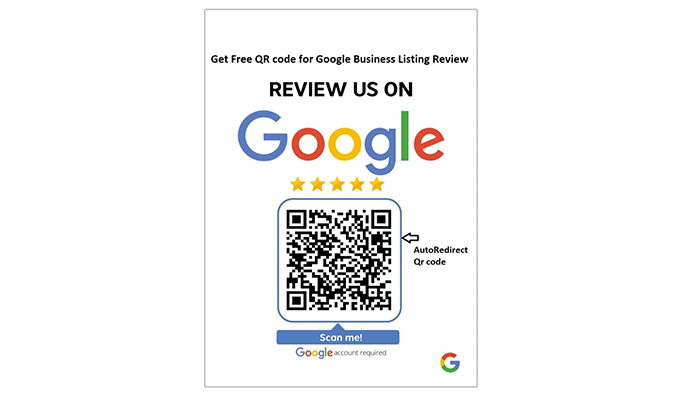
A recent study found that over 64.7% of shoppers prefer shopping directly with brands they are loyal to. Conversion rates were also shown to be 61% higher when shoppers could view user-generated content and reviews on a brand’s site.
This underscores the benefits of leveraging loyalty and reviews to attract and convert customers.
This feedback yields deep insights into satisfaction levels, product performance reflections, and overall brand sentiment. Qualitative and rating-based reviews gathered through QR scanning equip organizations with a continuous stream of first-party analysis.
They reveal niche issues to proactively remedy while also highlighting strengths to further bolster the customer experience. Data shows soliciting regular reviews fortifies advocacy and reputation building to increase average customer lifetime value.
QR collection of both positive and negative assessments ensures a balanced perspective from which to make evidence-driven enhancement decisions. Post-review follow-ups thanking contributors for their time additionally fortify advocacy.
For new product launches, pre-release QR codes on promotional materials empower buyers to shape early development based on expectations and priorities. Their perspectives guide refining to precisely meet evolving demands.
4. Integrate with Social Media Platforms
QR codes provide a seamless path for inserting your brand directly into current customer social streams.
Crafting scannable shortcuts to channels like Facebook, Instagram, or Twitter invites expansion of influence with minimal friction.
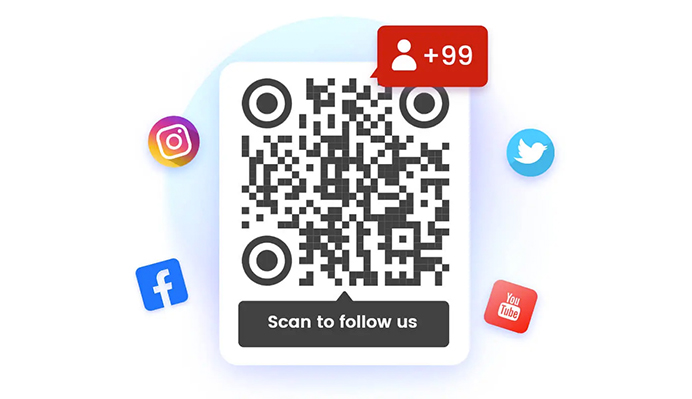
A Hubspot report found that 71% of consumers are more likely to make purchases based on social media referrals from their network.
Directing customers one scan away from following your profiles exponentially grows reach and engagement at a low cost. Strategic QR placement on all marketing encourages effortless connection in just seconds from any location.
Once encoded, links require no manual updating and reliably ferry customers to consistently present current brand happenings and conversations.
Quality, unique posts and stories, and fast customer service responses convert passive viewers to active brand advocates.
Their conspicuous organic recommendations then directly drive new site traffic and trials as social algorithms amplify popularity. Monitoring engagement metrics across all linked pages also offers real-time sales potential indicators to optimize ad spending most impactfully.
Overall, QR symbiosis between eCommerce and social media supercharges discovery through trusted network perspectives. It cultivates receptive communities continuously receptive to new products and special deals aligned with their demonstrated interests.
5. Enhance In-Store Shopping Experience
For retailers with physical storefronts, QR codes present a dynamic opportunity to enrich customer journeys. Strategically placing scannable codes on displays, signs, and windows empowers shoppers with instant product insights.
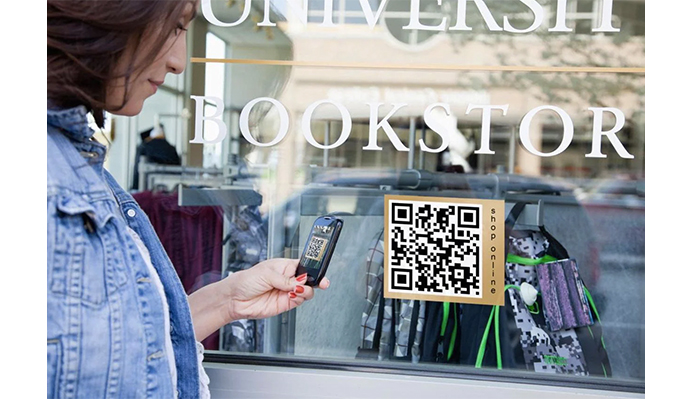
Codes lead to digital pages carrying expanded attribute descriptions, how-to videos, and authentic peer assessments that answer questions far better than static materials.
Additional benefits include connection to a company’s eCommerce site from anywhere in the aisles. This opens the door for impulse online checkouts or the use of store-specific discount QR codes only available at the convenience of the moment.
Such hyper-relevant deals lift unplanned purchase rates significantly.
Analytics also reveal top impulse buy selections, aiding future layout and merchandising optimizations.
Staff are now equipped to guide customers precisely to related high-margin items complementing their original interests. Further, pre- and post-visit communications can stimulate recurrent store visits with time-sensitive promotional QR reminders.
Ultimately, marrying physical and digital worlds through agile in-store QR codes transforms static displays into engaging brand touchpoints that elevate every phase of the buyer’s journey.
6. Enable Contactless Payments
QR codes streamline the checkout process through seamless integration with popular mobile wallets. Linking dynamic payment codes to platforms like Apple Pay and Google Pay presents a touchless option to boost sales.
Studies have shown certain countries like China have seen contactless payment transactions estimated to be four times higher than in the United States as of 2023.
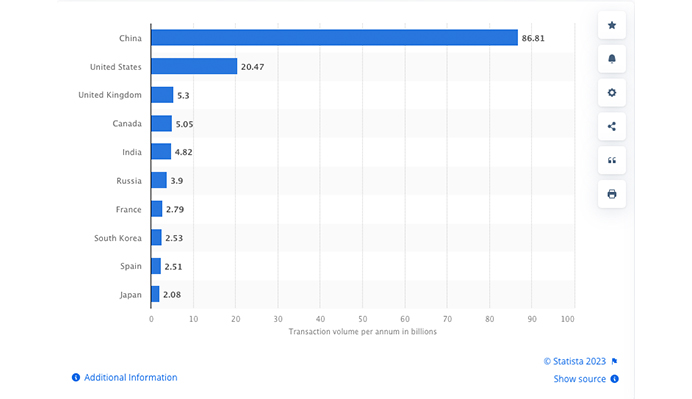
Additionally, a study reported that the global contactless payment market size reached $13.6 billion in 2022 and is projected to reach $26.7 billion by 2028, exhibiting growth of 11.8% annually.
Displaying QR codes on POS terminals, e-receipts, and invoices invites impulse completeness of purchase.
Additional benefits include heightened peace of mind through eliminating physical card handling. Security firm surveys report this raises customer comfort levels when spending, especially amid modern health climates.
Younger shoppers increasingly expect digital-first commerce experiences, to which QR payments elegantly cater. Advanced solutions now unleash single-use virtual payment codes tailored to individual bills or customizable micro-purchase amounts.
Specific QR codes then only validate for the intended transaction, strengthening protection against misuse.
Overall implementation nurtures loyalty through seamless, hygienic payment flows aligned with modern consumer preferences and technological advancement. Convenience and security, thrilling in tandem, serve as powerful ROI accelerators.
7. Track and Analyze QR Code Performance
Thorough measurement of engagement and business metrics unlocked by QR codes is imperative for ongoing strategic optimization. Leveraging built-in analytic tools alongside custom tracking URLs provides full visibility into campaign statistics.
Valuable insights include scan counts across locations, referral sources, and device types. Depth metrics indicate time spent on linked pages and bounce rates.
Analyzing conversion data reveals top-performing QR designs, messages, and placements to scale quickly. Comparisons across demographics, times, and regions illuminate ideal targeting.
Regular review workshops on integrating quantitative performance insights alongside qualitative team-gathered impressions keep strategies sharply focused. Iterative A/B testing then helps squeeze every dollar’s potential through continuous learning.
The combined analysis fortifies future planning with proven formulas while also cultivating new high-yield ideas. Overall, conscientious QR tracking cultivates a virtuous cycle where each new campaign edition outperforms the last through rigorous optimization.
Conclusion
QR codes are a powerful tool for eCommerce businesses to streamline online shopping and enhance customer experience. When integrated strategically across marketing channels, QR can drive website traffic, boost sales through targeted promotions, and provide valuable consumer insights.
The most effective QR campaigns are optimized through ongoing testing and analysis of engagement metrics. With proper measurement, merchants can continuously refine their approaches to improve ROI with each iteration.
As QR adoption continues to rise among consumers who appreciate its convenience, eCommerce brands should explore innovative ways to leverage this technology to build loyalty, increase average order value, and stay ahead of the competition.
With data-driven strategies, QR codes can be a competitive differentiator for forward-thinking businesses.
Acowebs are the developers of WooCommerce Dynamic Pricing the best way to add discounts based on a range of unconditional and considerable criterias to set with a sophisticated user interface which makes your efforts much easier. discount rules for woocommerce also comes with Percentage / Fixed price discounts.












 Login
Login
 Cart
Cart